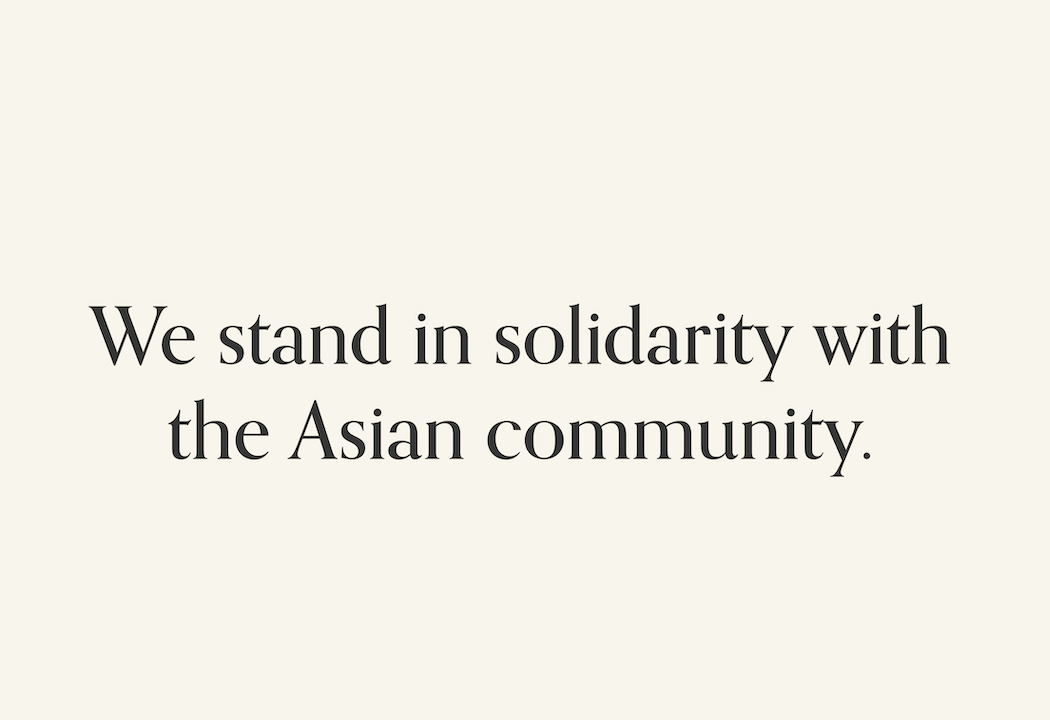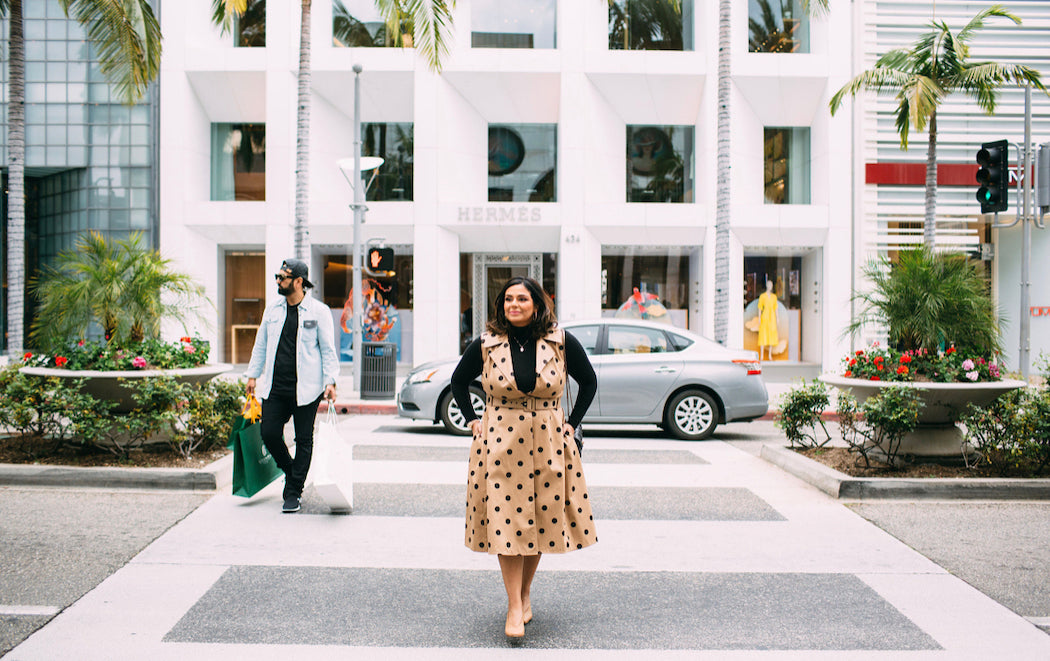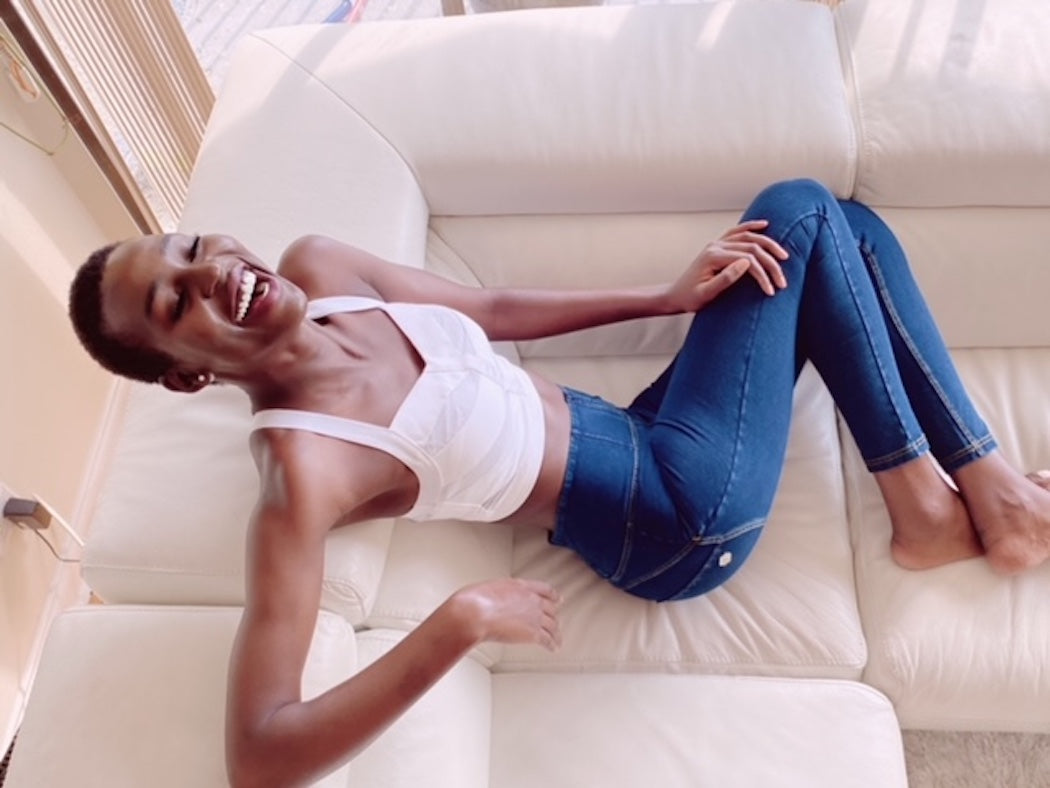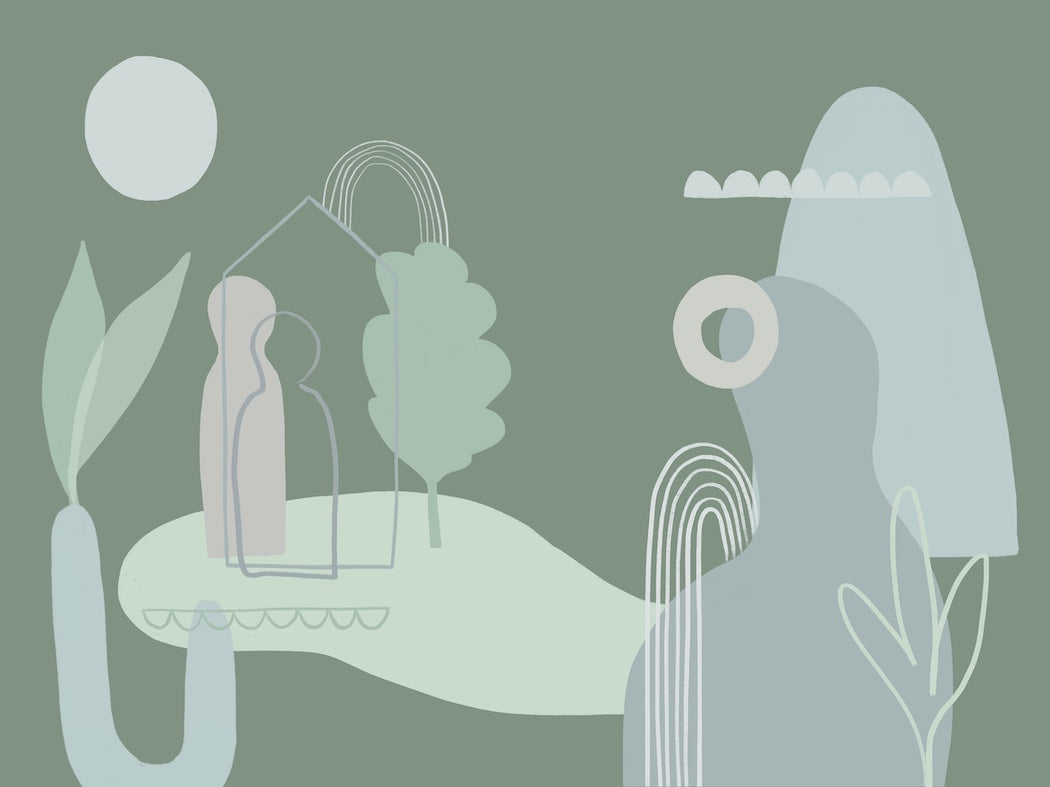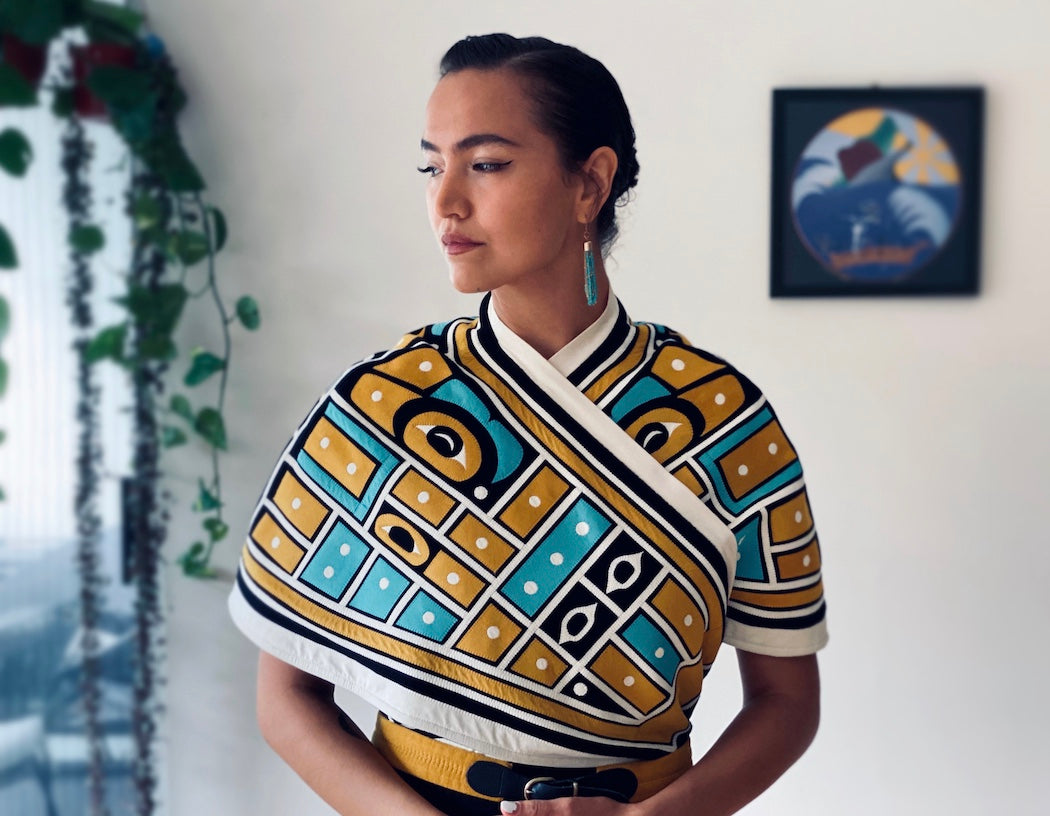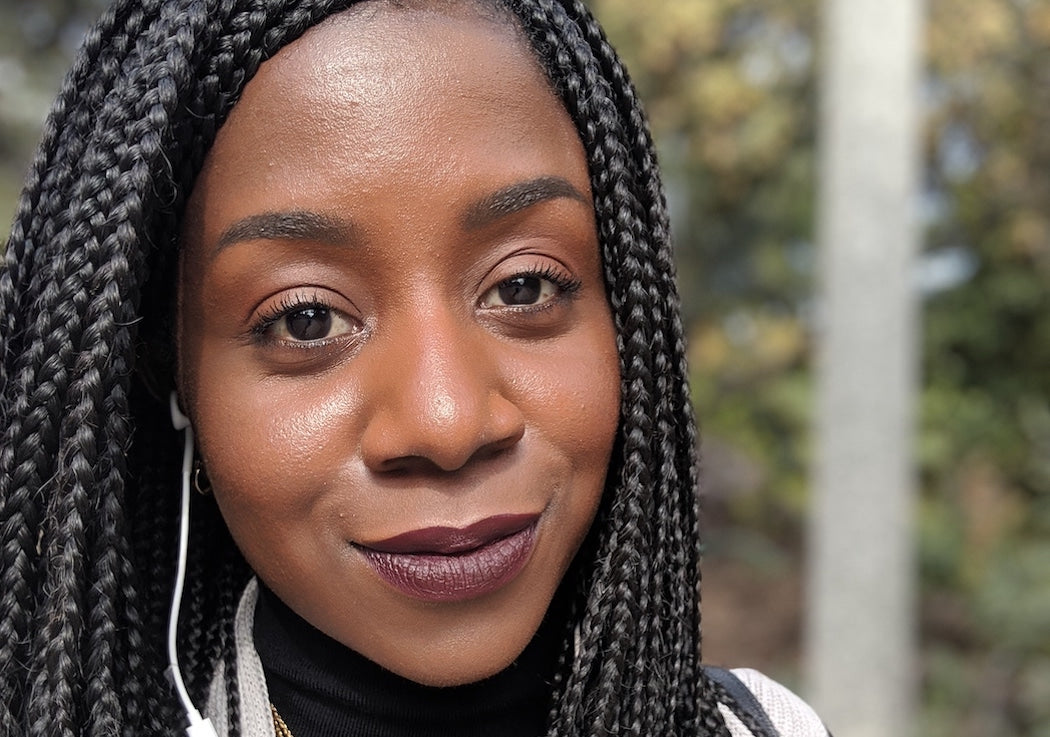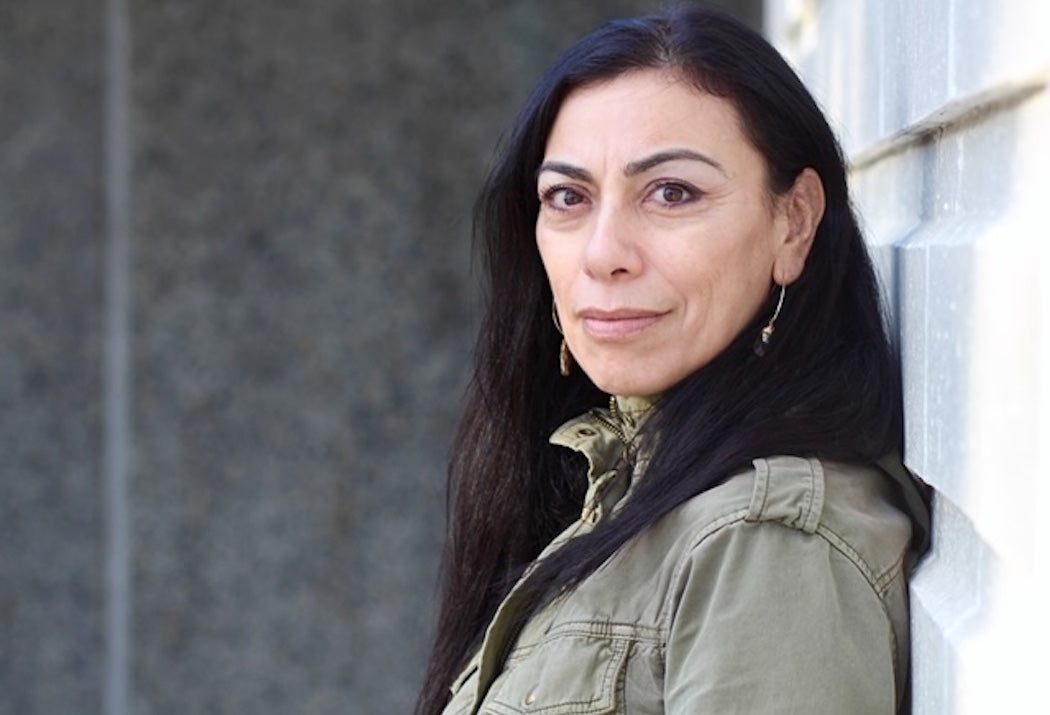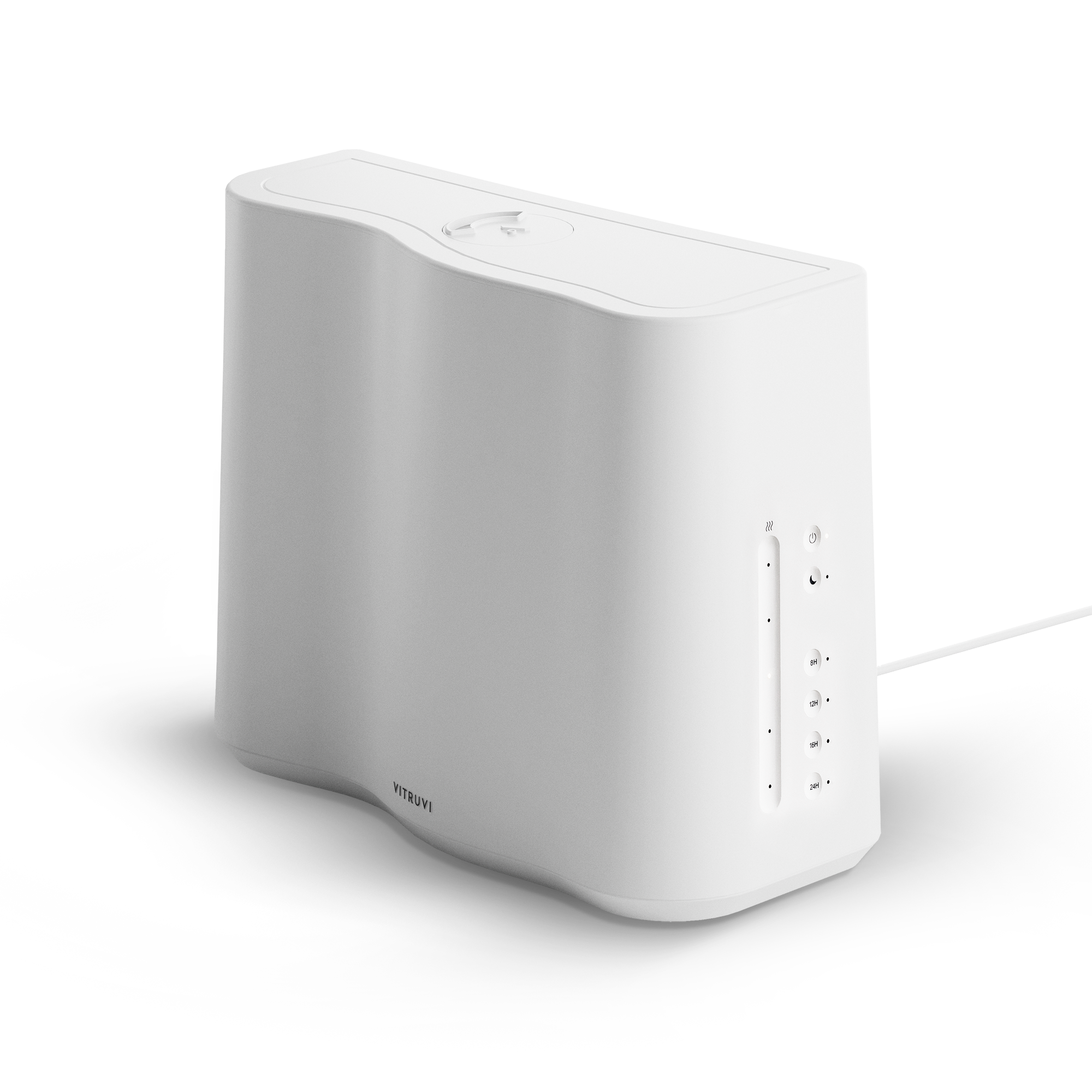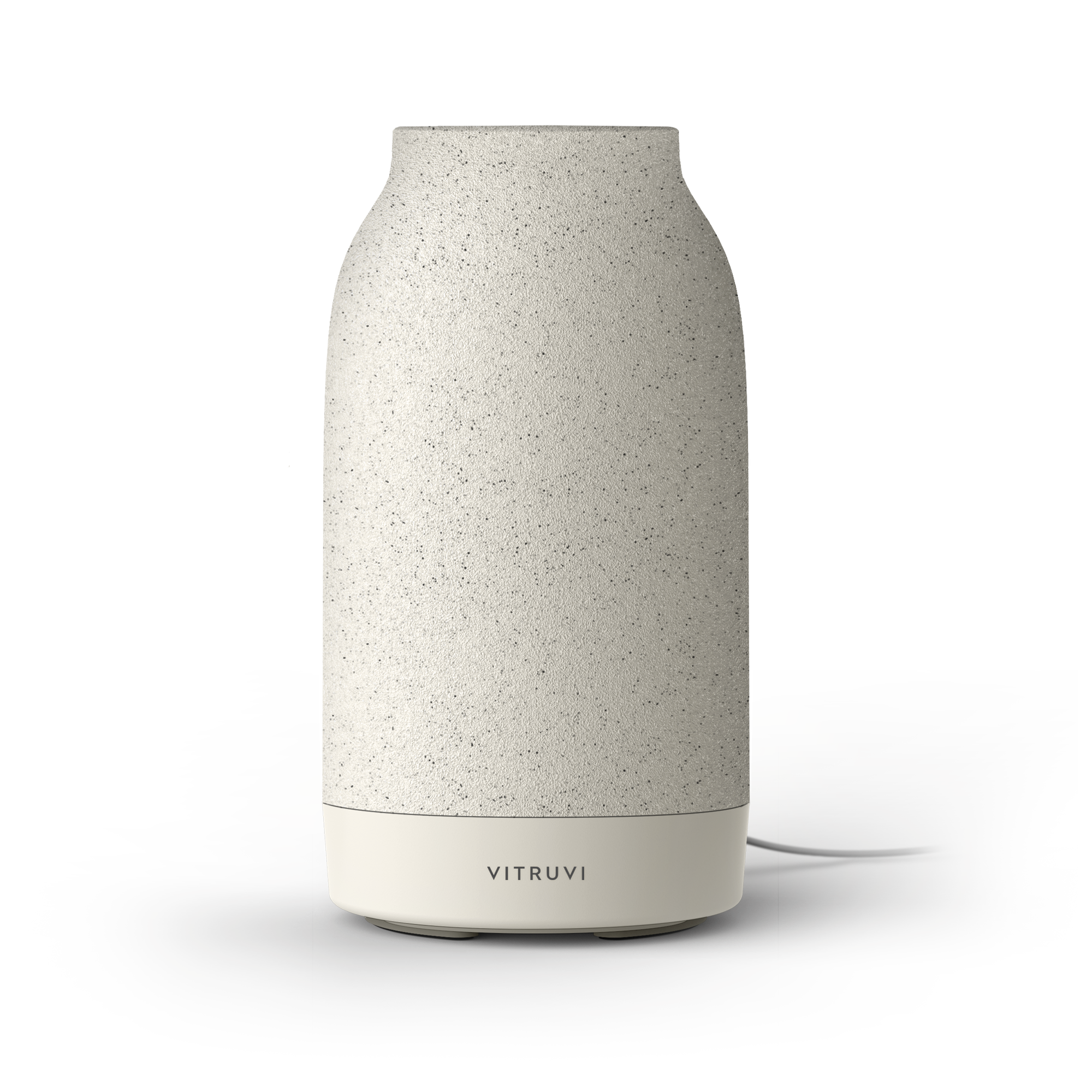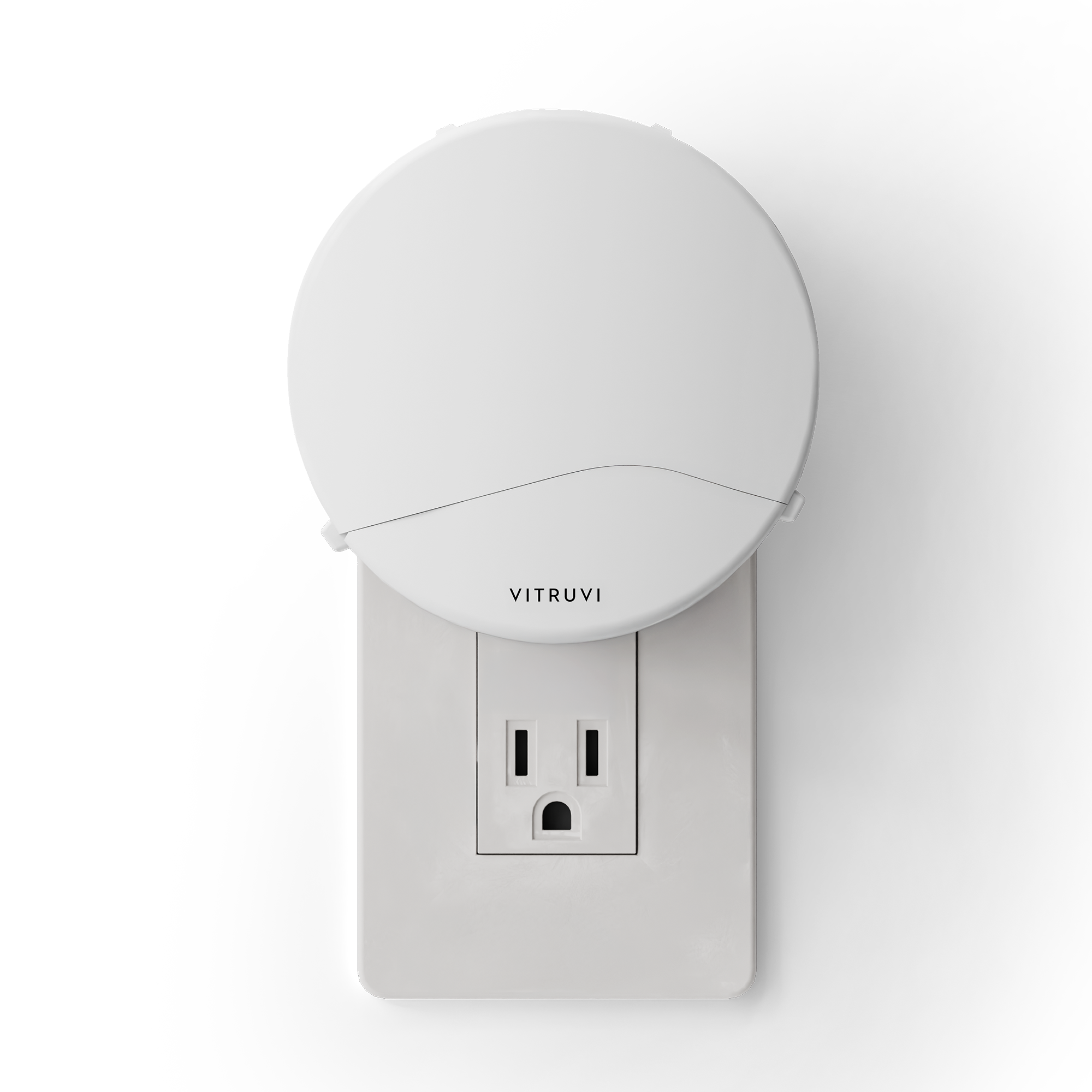We hear a lot about the health effects of cancer and its treatment, and a bit about the emotional toll. But what’s perhaps overlooked, especially when it comes to women with breast cancer, is the way the disease disempowers those who have it, and robs them of their femininity. Worse, those feelings can linger long after the cancer is gone, as women are left with different hair, different brows, and different breasts—faces and bodies they no longer recognize.
Shaughnessy Otsuji is known around the world for her incredibly detailed and lifelike eyebrow tattooing (called microblading) work. In the past few weeks, she’s had clients fly to her Langley, British Columbia-based Studio Sashiko from South Sudan, New Zealand, and Sweden; eyebrow appointments are so sought-after that she releases them just once a month or so in advance, only for them to fill up in five minutes flat. But beyond the brows, she’s also discovered that her talent can be used to empower other women through paramedical work: recreating brows on people who’ve lost them to chemotherapy or alopecia, and redrawing nipples and areolas after a mastectomy.
“With alopecia and breast cancer, you’re losing a feature you would naturally have, and you look in the mirror and get that feeling that ‘this is not me,’” says Otsuji at her studio. “It happens so fast for a lot of people, so they’re still in shock. Trying to restore that feature is a really small thing—it just takes a couple of hours to put it back on—but it has such an enormous impact emotionally. People will tell me that they get out of the shower, see themselves in the mirror, and think to themselves, ‘This is what I’m supposed to look like.’”
Otsuji knew she wanted to be an artist when she was a small child, sketching constantly and focusing especially on faces and their details. While studying at Vancouver’s Emily Carr University of Art + Design, she gravitated towards portraiture, then got a part-time job in a tattoo studio. Women would sometimes ask about permanent makeup, but were intimidated by the dark and stereotypically masculine atmosphere of the space. Eventually, Otsuji took a basic course and began to develop her own technique, opening Studio Sashiko with husband Kyle in 2015. “We’ve got blankets, we offer tea,” she says. “We want it to be slightly more of a spa experience than a tattoo one.”
Her first few customers were cosmetic, but paramedical clients soon arrived. “Within a few weeks I had a client with alopecia. Once I started to get more paramedical clients, it made me so much more passionate. It’s so much more rewarding,” Otsuji says. “Clients will often cry at the end of a session and give me a big hug. I realized I’d like to focus on this, specialize in this, and prioritize it over everything, if I can.”

Over the past few years, she’s become increasingly good at understanding the nuances of cancer treatment and recovery, schooled mainly by her clients. “Scarring after mastectomy is one of the biggest challenges, because you don’t know how it’s going to heal and you have to work the skin differently,” she says. “Maybe one side had radiation and the other didn’t; there might be a blood-flow issue on one side. Generally I recommend waiting at least six months after the final surgery for areola tattooing, and we’ll always start with a consultation—if they’re comfortable sending photos over email, I can judge if they’re ready or not.” Nipple tattooing doesn’t use the same appointment system as brows; instead, Otsuji books these via email and fits people in as soon as possible.
Creating eyebrows from scratch is a sheer joy. “It’s really fun for me; I love that blank canvas. To me, the ‘perfect’ eyebrow will not look real. I prefer imperfection: brows that are a little more brushed and crazy, going in different directions,” she admits. “It’s about balance; if someone has one eye that’s slightly bigger than the other, I might adjust the brows, or if their nose is tilted, I might bring one brow in slightly to offset that.”
Her big hope is that through her work, she can help people feel happy with their faces and bodies again, whether through the Nips n Sips mug she designed that shows all boobs are normal, or through her tattooing.
A serial entrepreneur, Otsuji is fizzing with even more ideas, too. Before founding Studio Sashiko, she and Kyle had a successful streetwear line, and she’s just putting the finishing touches on Pinkavo Cafe, a coffee shop beside the studio that will cater to the international clientele she draws to Langley. And there’s more excitement coming up: crossing her fingers, Otsuji reveals that in 2020, she and Kyle are hoping to open a branch of Studio Sashiko in Los Angeles.
She’s also considering starting a website or podcast where she can share some of the knowledge she’s gleaned about cancer treatment—for example, whether it’s necessary to have radiation tattoos during treatment (it’s not), or what kind of nipple tattooing provincial insurance will cover (none). “In the medical world, there’s sometimes the attitude of, ‘Let’s get rid of the cancer, put you back together as best we can, and that’s that,’” Otsuji says. “Sometimes I see people long after their mastectomy and they tell me they had given up and believed they didn’t want to feel sexual or feminine anymore, then someone tells them to look at my work. When they visit me, they always say they wish they had done this years before.” The road to recovery is anything but straightforward, but Otsuji is doing her part to help survivors feel some semblance of normal again, and to feel good in their skin—and that’s a sentiment you can tattoo in permanent ink.


